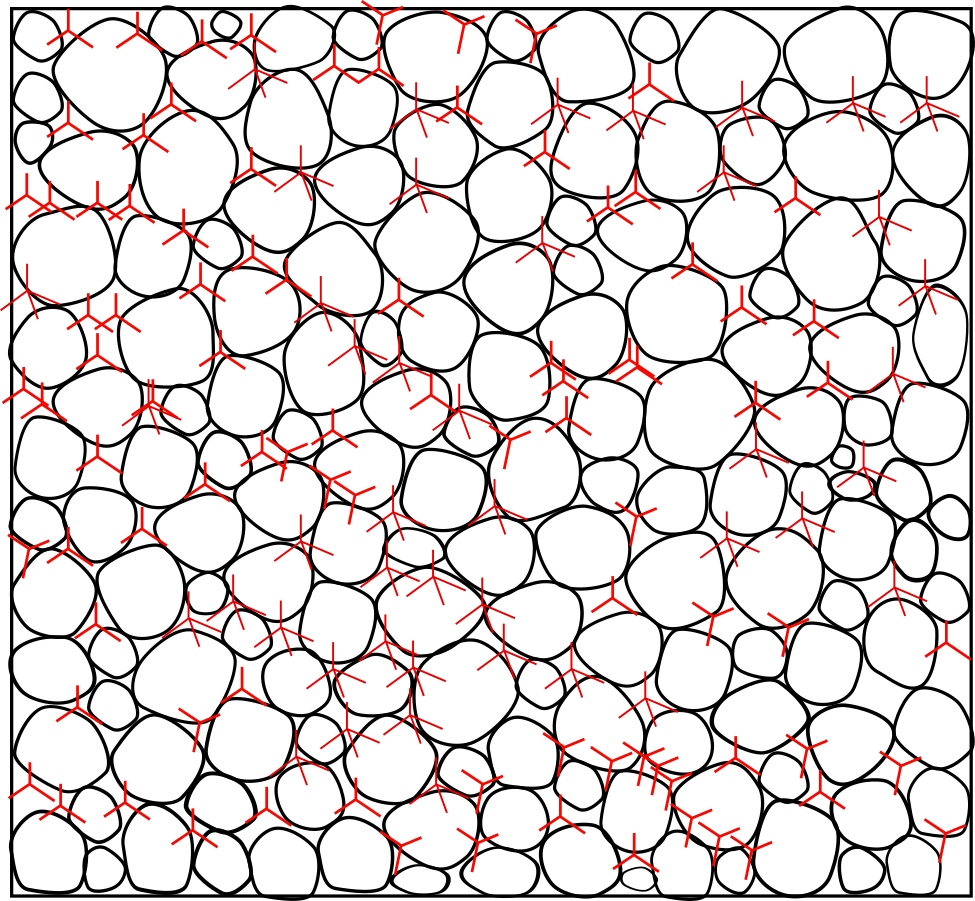Dear Dr. Axel Kohlmeyer,
I am Giri Prasad, pursuing M.Sc Material Science and Engineering at the University of Kiel, Germany. I am a beginner in MD simulation.
I would like to simulate Nanogeomixtures using MD. The system consists of nanomaterials dispersed in granular materials for example Sand/Clay particles which is depicted in the Figure attached. Unlike normal nanocomposites, in this case there doesn’t exists any strong bonding between the granular material (matrix) and the nanomaterial (filler). We may also assume the interactions to be negligible.
I would like to compute Thermal conductivity of the system taking into consideration the interfacial thermal resistance. I am confused whether to use Dissipative Particle dynamics or MD or DEM (DISCRETE ELEMENT MODELLING). Looking for suggestions of suitable method.
I would also like to simulate some of the mechanical properties like compressive strength and fracture toughness.
Would be very helpful if you could suggest the efficient method for the current scenario and also make suggestions for the Potential or examples of similar scenario.
Thanks a lot
Regards,
Giriprasad M J
University of Kiel, Germany
